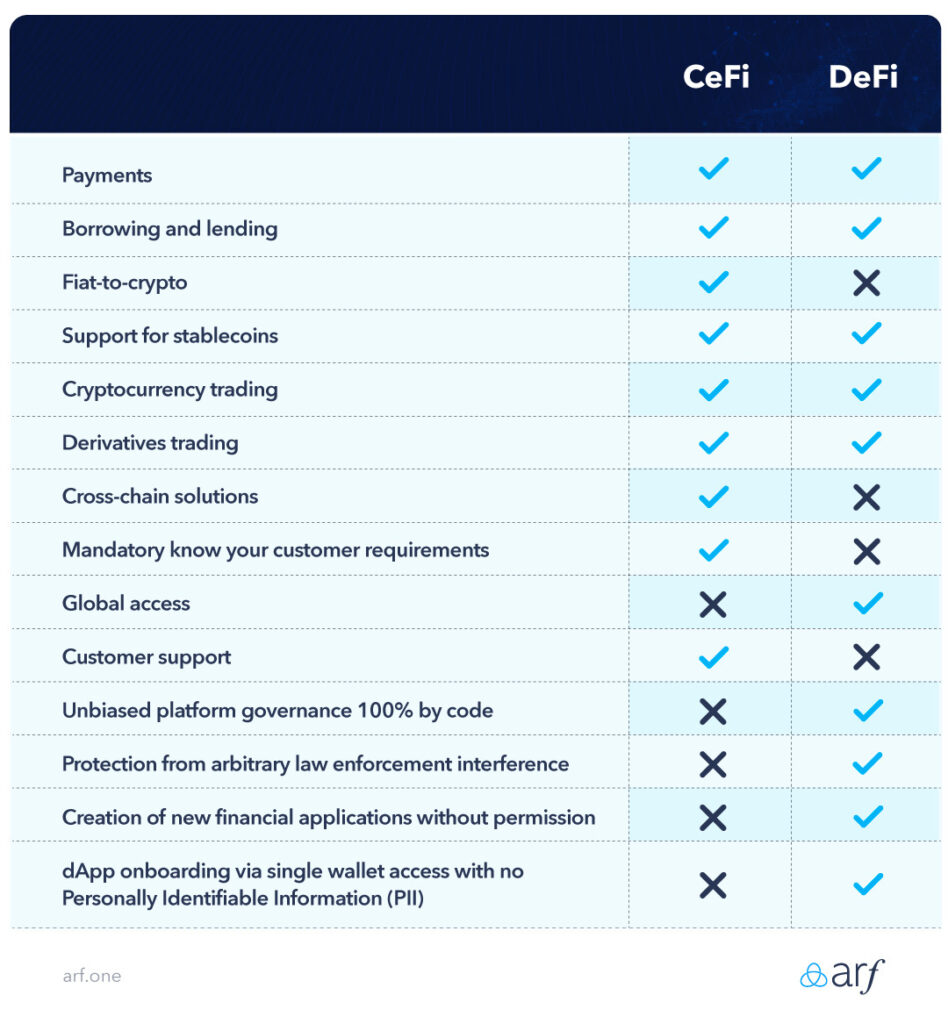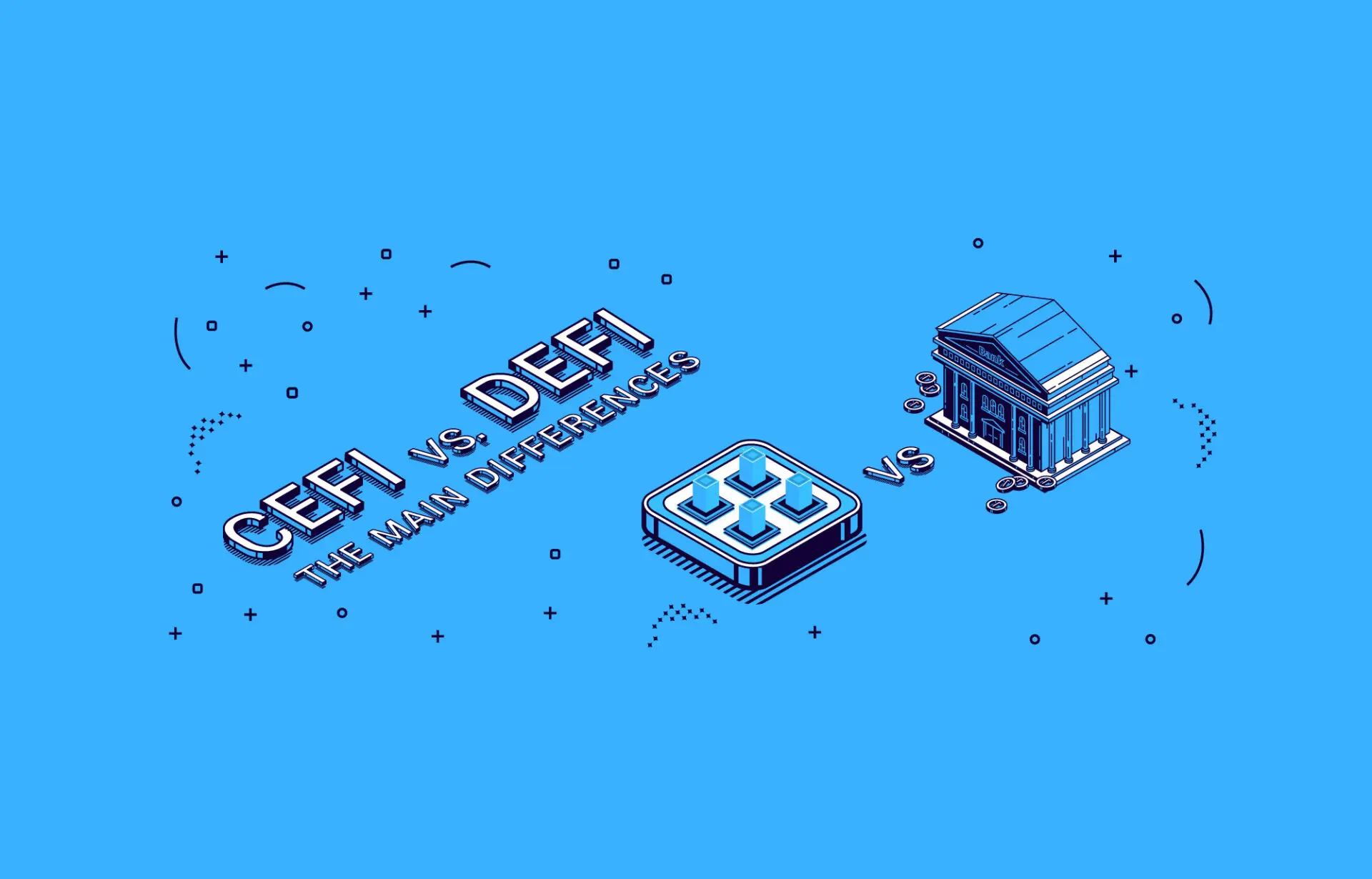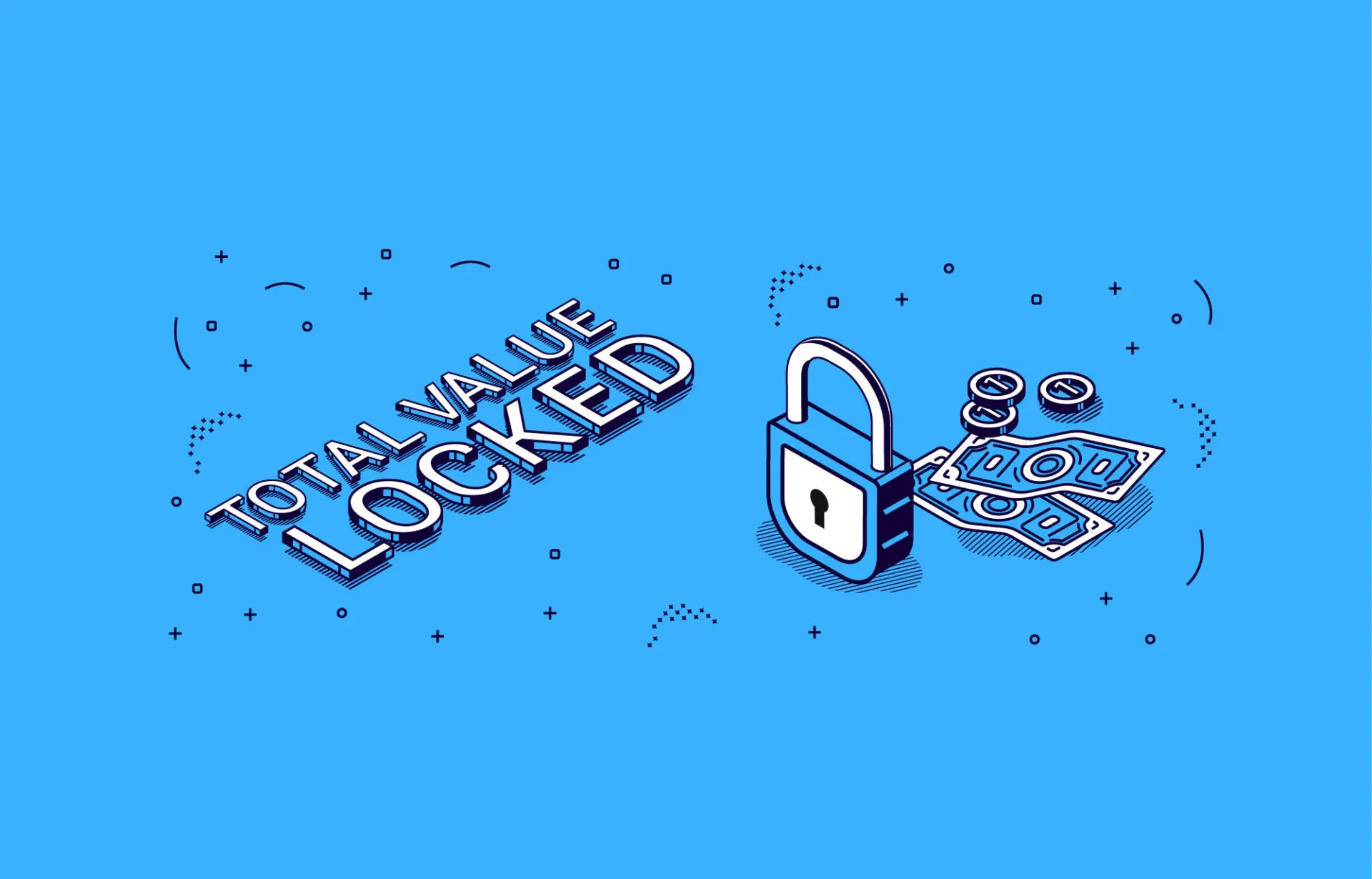CeFi vs DeFi: What Are the Main Differences?
The term DeFi, short for “decentralized finance,” is quite the buzzword in the finance sphere these days. It refers to the core concept behind blockchain technology and cryptocurrencies, in that financial transactions are conducted peer-to-peer globally, without centralized banks or other such intermediaries.
For the uninitiated, CeFi, or “centralized finance,” might be perceived to mean the exact opposite of DeFi, aka the traditional banking infrastructure we have had for as long as most of us can remember. However, in actuality, CeFi is a financial system that operates as more of a middle-ground between traditional banking (TradFi) and DeFi—one that draws on the existing security protocols and usability of the former while offering some of the yield benefits of the latter.
The key features of CeFi and DeFi
During the early days of blockchain technology and prior to the emergence of DeFi, CeFi was the original system in place for crypto traders. In centralized exchanges (CEX), all crypto trading occurs on a central exchange with its own governance, rules, and fee structure. While this system comes with some distinct advantages such as ease of use and dedicated customer support, it also has certain drawbacks, such as the potential for server downtimes or even a state-mandated halt to their operations, as they are under government purview.
On a related note, this accountability of CEXes to the government also means they have to employ traditional KYC procedures when onboarding new clients—which did much to help CEXes manage their risks, but little to help the unbanked and the financially disenfranchised get in on the action, not to mention limiting the potential user base to certain jurisdictions or geographical regions.
Both the need for financial inclusion and the potential to access a global liquidity pool were major reasons why DeFi emerged as an appealing alternative. Yet what fueled the rise of DeFi was the development of smart contracts, which allow certain conditions to be placed to enable transactions on the blockchain.
Decentralized exchanges (DEXes) utilize these smart contracts to carry out peer-to-peer transactions, making their operations code-based rather than adhering to the rules set by a privately owned CEX. As such, DEXes—and, by extension, other DeFi offerings based on decentralized apps (dApps)—are open-source, transparent, and permissionless systems that are open to anyone and everyone around the globe.
CeFi vs. DeFi: The advantages of each
Both CeFi and DeFi offer crypto-trading as well as borrowing & lending services (with DeFi having the advantage of offering yield farming, which is not available on CeFi). Below we will explore the capabilities of both financial systems within each of these categories.
Crypto-trading
CeFi:
- Uses custodial wallets, meaning the CEX mostly acts as a custodian for its users’ private keys and secures their funds
- Allows for fiat-to-crypto conversion as well as cross-chain swaps in cryptocurrencies
DeFi:
- Uses non-custodial wallets, meaning DEX users each have full control over their own private keys, as well as the security of their funds
- Can’t offer fiat-to-crypto conversion by its nature —you first need to onboard to CeFi for that—but allows for workarounds to cross-chain swaps.
Lending
CeFi:
- Can earn yields from crypto-lending via (mostly overcollateralized) crypto loans
DeFi:
- Crypto-loans in DeFi allow for higher yields than CeFi, as DeFi also makes it possible to do undercollateralized lending—where the loan may be riskier but the lender’s potential payout is also greater
- The use of smart contracts enables DeFi networks to offer various next-generation lending options, from crypto-backed lending to RWA-based lending.
There are a few other key differences between CeFi and DeFi, as explored in the table below:

CeFi vs. DeFi: What the market says
The current CeFi market is bigger than the DeFi market by leaps and bounds—while DeFi has $70 billion in total value locked (TVL) as of August 2022, “CeFi is much more accustomed to handling trillions - the global equity market cap is estimated to be over $100 trillion, a staggering amount greater than DeFi,” according to Nasdaq.
The TVL declined from $160 billion in mid-April to $70 billion currently, the lowest figure since March 2021. Despite the worrying 66% contraction, the DeFi industry is resilient. While the current bear market maintains its negative impact, newly launched DeFi funds and continuing investments indicate a quicker recovery than initially expected, as well as further growth.
CeFi and DeFi share the common goal of providing high-quality financial products and services to users all over the world—which has a strikingly empowering impact on the global economy. Both have their own advantages and drawbacks, but innovative players are already exploring ways of bringing the best of both worlds together.
We believe that, as the number of such players increases, CeFi and DeFi will continue to complement and improve one another, fundamentally disrupting the finance industry as we’ve known it, but for the better.





